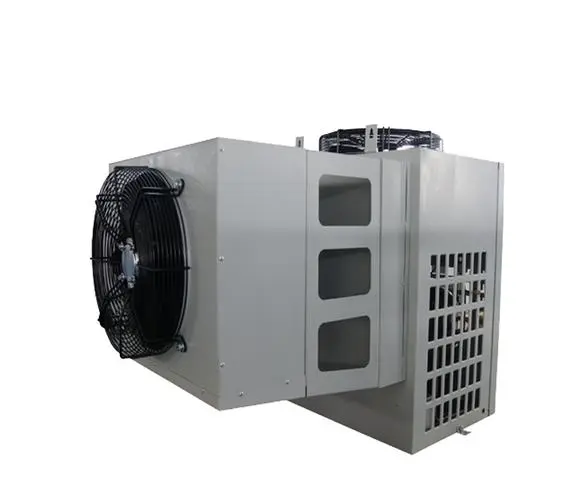Optimal Conditions for Storing Fresh Vegetables in a Dedicated Room
The Importance of Vegetable Storage Room Keeping Your Produce Fresh
In the world of food preservation, a dedicated space for storing vegetables plays a crucial role in maintaining their freshness and nutritional quality. As we become increasingly aware of the benefits of consuming fresh produce, the design and function of a vegetable storage room have gained prominence in both domestic kitchens and commercial establishments. This article will explore the essential elements that make an effective vegetable storage room and the reasons why it is vital for our health and sustainability.
First and foremost, a vegetable storage room should provide the ideal environment for various types of produce. Different vegetables have unique storage needs with regard to temperature, humidity, and light exposure. For example, root vegetables like carrots and potatoes thrive in cool, dark, and humid conditions, whereas leafy greens prefer slightly cooler temperatures with higher humidity. Therefore, an effective storage room should be divided into sections or bins tailored to the specific needs of different vegetables. This ensures that each type of produce retains its freshness and flavor for a more extended period.
Temperature control is another critical factor in a vegetable storage room. The optimal temperature for vegetable storage typically ranges from 32°F to 50°F (0°C to 10°C). Specialized refrigeration systems or cool room designs can help maintain these temperatures consistently. Additionally, incorporating ventilation is vital to prevent the buildup of ethylene gas, which is produced naturally by some fruits and vegetables and can cause premature ripening and spoilage. Proper airflow helps mitigate this effect, ensuring vegetables stay fresh longer.
vegetable storage room

Humidity is equally important when it comes to storing vegetables. High humidity levels help prevent dehydration and maintain the crispness of produce. However, excess moisture can lead to mold and decay. To counterbalance these effects, a well-designed vegetable storage room should include humidity control mechanisms such as humidifiers or dehumidifiers, depending on the specific requirements of the produce being stored. This delicate balance is crucial in ensuring that vegetables remain at their peak quality.
Moreover, organization within the vegetable storage room cannot be overlooked. An orderly system that allows easy access to different types of vegetables will not only save time when preparing meals but also minimize waste. Labeling containers and keeping similar vegetables together can improve efficiency and help users keep track of what they have on hand. This organization becomes increasingly essential in a commercial setting, where a large variety of produce is handled daily.
Another essential aspect of vegetable storage is the rotation of stock. Practicing the first in, first out (FIFO) principle ensures that older vegetables are used before they spoil, which helps reduce food waste. In a storage room, this can be achieved by placing new arrivals at the back of the shelves or bins, encouraging the consumption of older stock first. This practice is not only environmentally responsible but also economically beneficial, as it maximizes the use of available resources.
In conclusion, a well-designed vegetable storage room is essential for anyone wishing to maximize the freshness and longevity of their produce. By providing optimal temperature and humidity conditions, ensuring proper organization, and implementing effective stock rotation practices, we can significantly enhance the quality and enjoyment of our vegetables. As we strive for healthier and more sustainable eating habits, investing time and resources into creating an efficient vegetable storage room is indeed worthwhile. Not only does it support our health by promoting the consumption of fresh produce, but it also contributes to a more sustainable food system.
















































































































